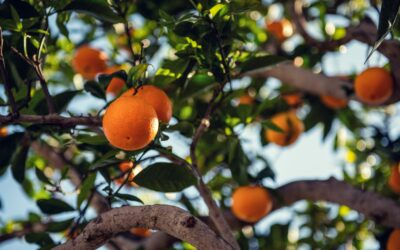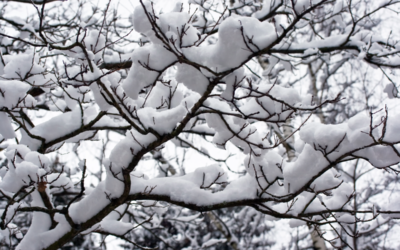If you’re debating which type of tree to have this holiday season, here are some things to consider. As you will see, the choice isn’t cut and dried, even if some of the trees may be.
Fresh Cut Trees
These are far and away the most popular, dating back to centuries-old traditions. One of the most widely misunderstood beliefs is that fresh-cut trees somehow damage the environment. In fact, the opposite is true.
Commercially sold trees are grown on tree farms that rotate trees in and out, maintaining a constant supply for sale. These farms have many more trees growing than are sold in a year, alive and doing their job of keeping the air clean and healthy.
Trees cut in wilderness areas are carefully controlled by forest managers who designate places and times for cutting to thin out overgrown areas that present fire dangers.
So if a fresh-cut tree is what you want, you can get it with a clear conscience.
| Pros of Fresh Cut Trees | Cons of Fresh Cut Trees |
|
|
|
|
|
|
Artificial Trees
Artificial trees come in variety of sizes and types. Some are nearly indistinguishable from the real thing; others make no pretense, choosing instead to make a statement of their own, the aluminum trees of the 1950s, for instance. Either way, they can be used year after year and stored away with your other holiday decorations. Some can even be used year-round as low maintenance décor.
On the other hand, they’re not environmentally neutral. Since they’re manufactured, they usually need metals and/or plastics, water and electricity to run the factories, and are generally not recyclable.
| Pros of Artificial Trees | Cons of Artificial Trees |
|
|
|
|
|
|
Living Trees
Living trees combine the beauty of a fresh-cut tree with the reusability of an artificial one. After the holidays they can live on as container plants and be put back into service the next year. But they’re also living organisms that need to be chosen carefully for their environment and cared for year-round. Dwarf varieties can live in containers for several years, and living trees can be transplanted when the time arises.
But even small trees require large containers full of damp soil, so they can be heavy and hard to move. And outdoor trees don’t always do well indoors, so choose carefully.
| Pros of Living Trees | Cons of Living Trees |
|
|
|
|
|
|
As you can see, the choice of what type of tree to have is largely a matter of personal preference. There are pros and cons for each variety. But regardless of your selection, a brightly decorated tree can be the centerpiece of a memorable holiday season, so get the one you want and enjoy it!
If you need help when it comes time to choose or plant a tree, Donovan Arborists offers planting, pruning, and shearing services as well as a complete landscape maintenance package for property in the Denver area. And we’re always happy to give free estimates to homeowners and property managers for any services they may need.




